Your bar cart or liquor cabinet is a magnet for wide-reaching cultural vibes this season. The liquor industry is tapping everything from fashion and demographics (millennial pink is back) to travel (South American sojourns) to inspire of-the-moment products. And our food and wellness obsessions are also influencing what the hospitality industries will pour, mix and stir toward the end of 2018.
Bitter truths
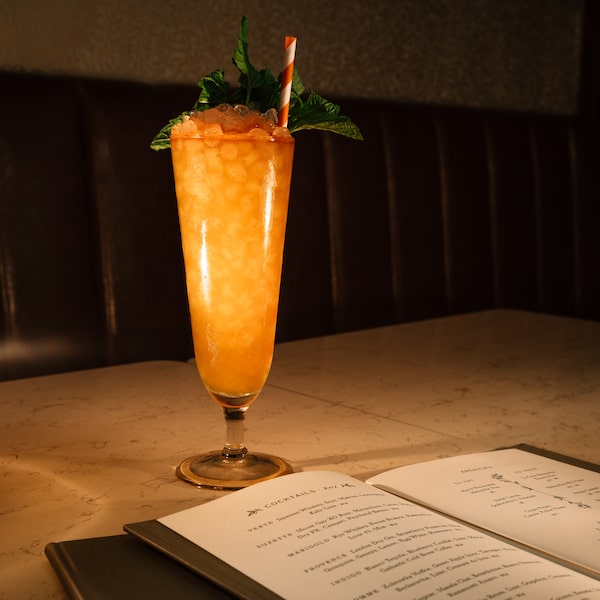
A cocktail at Edmonton's Clementine.Clementine/Clementine
Aperol and Campari are gateway drinks to the centuries-old European bitter digestifs (amari in Italian, amer in French) that mixologists are rediscovering for cocktails.
Edmonton cocktail den Clementine favours absinthe, “which has a very mild bitterness from wormwood and green anise. We use it as seasoning in many drinks the way you would with salt in a dish,” says the bar’s sommelier Evan Watson. With palates embittered by kale, Brussels sprouts and IPAs with triple-digit IBUs, “People who love bitter [drinks] can’t get enough of it – and believe us, we’ve tried,” he says with a laugh.
Bars such as New York’s Amor y Amargo, Seattle’s Barnacle and San Francisco’s Bar 821 are like cocktail apothecaries, mixing with bitter botanical, bark and root concoctions that were originally used as medicine.
Kick at the can
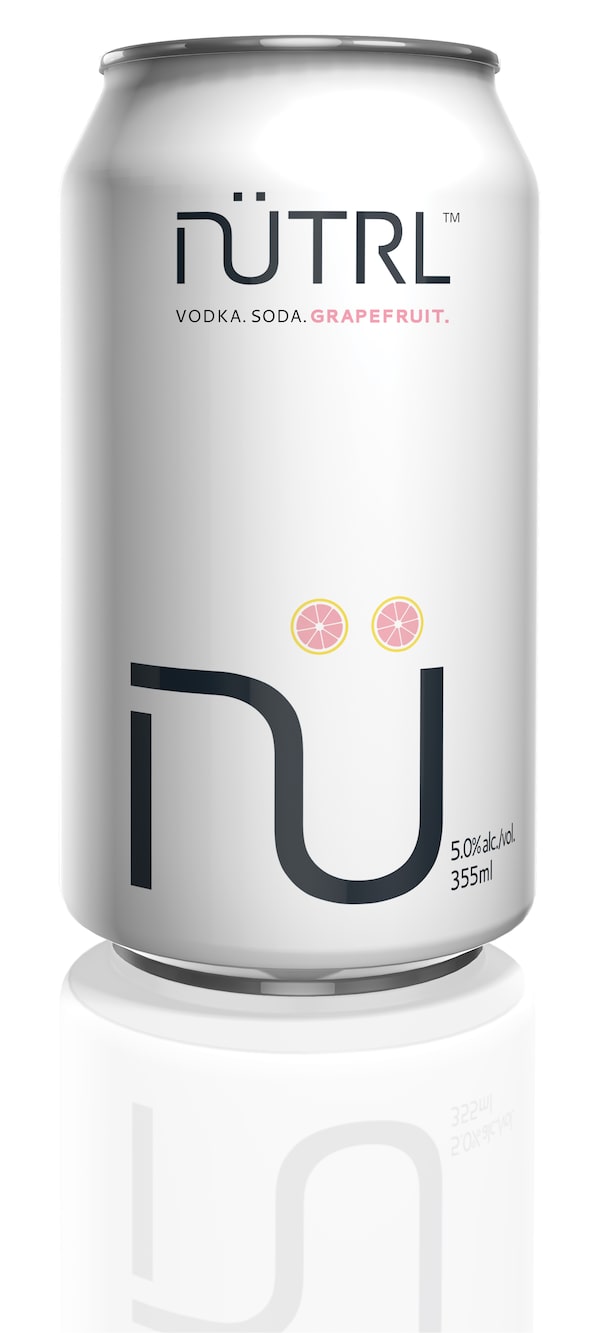
NÜTRL Vodka Soda GrapefruitNÜTRL
Sweet, lab-flavoured coolers got an extreme makeover.
They’re now sleek cans of simple highballs, some featuring famous brands (think: Canadian Club & Gingers, Captain Morgan-spiked Colas, Russian Standard Moscow Mules). Canned Suntory Highballs have long been available in Japan, and Alberta’s Eau Claire distillery released the first canned Canadian craft gin and tonic in April, shortly after Lone Wolf distillery caused a frenzy in London with a canned G&T vending machine.
British Columbia distillery Goodridge & Williams dispensed Nütrl Vodka Sodas from custom caravans that toured B.C. and Ontario all summer. Head of marketing Paul Meehan thinks the refreshing drinks will sell strongly through the holiday season. “It’s the expression of what consumers had been asking for: simple, well-made cocktails with craft credentials – authentic and straightforward,” he says.
The gin-aissance continues
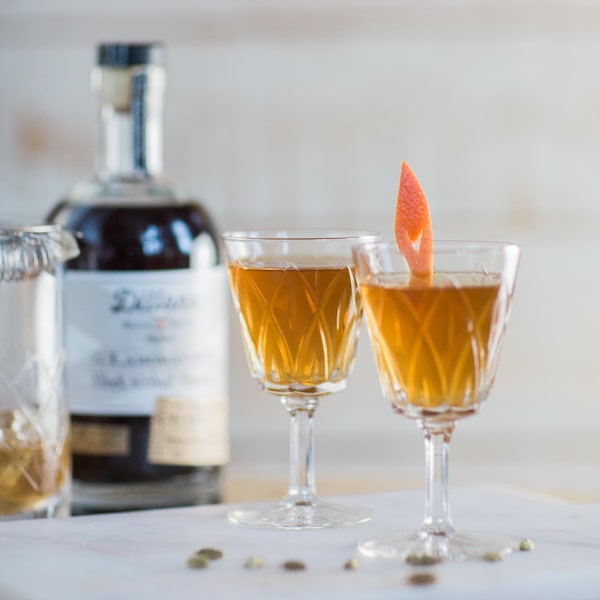
Dillon's Small Batch Distillers offers a range of berry gins.Courtesy of Dillons
Sip rose-flavoured glasses of gin, whether it’s botanical-infused (like Rendle’s) or berry-influenced (like Brockmans). Artisan distillers, including Quebec’s Oshlag (hibiscus), B.C.’s Bohemian (huckleberry) and Liberty (rosehips), are in the pink, as are Fever-Tree Aromatic Tonic Water and Fentiman’s Rose Lemonade. “Our berry gins came about naturally,” says Geoff Dillon, distiller at Dillon’s Small Batch Distillers in Ontario’s fruit-rich Niagara region. Dillon’s best-selling strawberry, cherry and rose bottles “can be used as either liqueur or gin,” adds the distiller, who suggests using them to put a blush on a Vesper or Negroni.
Berries are just the beginning: “We’re seeing the rediscovery of original old recipes, brand-new recipes – we wanted to push the envelope,” says Joel Virginillo, the brand ambassador in Canada for Tanqueray, which recently introduced Malacca (rose, pepper and clove) and Flor de Sevilla (orange) bottlings.
Reinventing the well
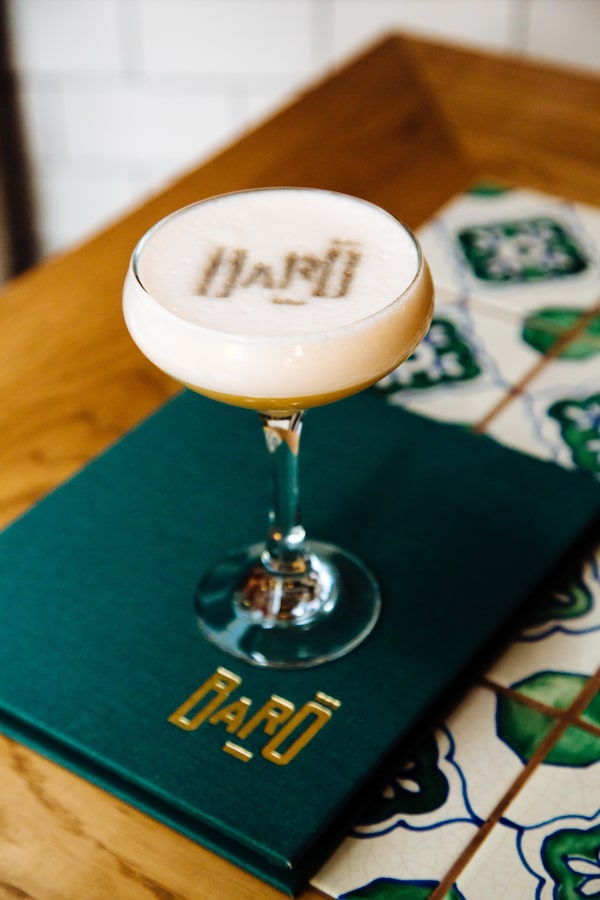
A cocktail at nuevo Latino restaurant Baro, in Toronto.Rick O'Brien/Baro
Latin-inflected spirits, such as Brazilian cachaca and pisco from Peru and Chile, are new bar go-tos. "We’ve had great success having aguardiente on our menu,” says Zac Woo, bar manager at nuevo Latino restaurant Baro in Toronto, of the anise-inflected Colombian spirit that literally means “fire water.” In Ontario alone, South American spirit sales climbed 15 per cent last year, according to Courtney Dawson, category manager of white spirits at the LCBO.
The next new thing is Träkál, a Chilean spirit infused with Patagonian herbs, berries and botanicals. “If brandy and gin had a Patagonian love child, this would be it,” says Matthew O’Brien, the former Vancouver bartender who’s one of the brand’s founders.
As with the Bolivian grape spirit Singani that director Steven Soderbergh is on a one-man mission to popularize, Träkál inhabits its own category. “When there are no rules how to consume it, how to enjoy it, you have a lot of freedom to invent,” O’Brien says. Currently, it’s available in parts of the United States and in British Columbia.
Session drinking
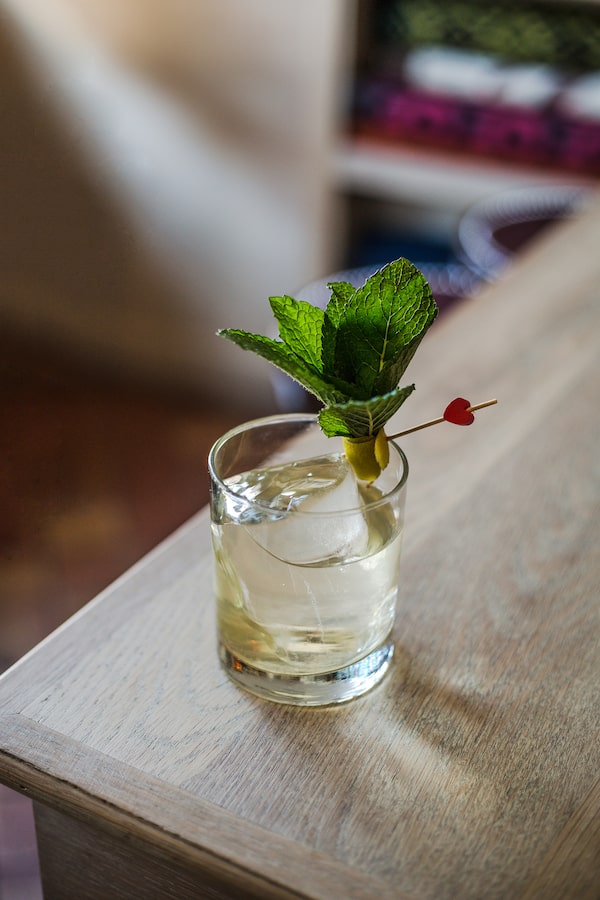
Bartender Robin Goodfellow is creating spirit-free veresions of cocktails at Toronto's Pretty Ugly.handout/Pretty Ugly
Complex, innovative “placebo” drinks have replaced mocktails as the low- or no-alcohol sips of choice.
Matt Jones, Beam Suntory World Whisky ambassador, says the movement is driven both by industry social responsibility and healthier lifestyles. Jones lightens a classic Blood & Sand with a lighter pour of smoky Bowmore No. 1 single malt, and orange juice, red vermouth and cherry liqueur to balance. Sherry and aperitifs are other lower-proof drink lengtheners.
Bad-boy chef Matty Matheson reportedly coined the term “placebo,” popularized by bartender Robin Goodfellow, who creates spirit-free Negronis and other cocktails at Toronto’s Pretty Ugly.
Alcohol-free distillates, such as Seedlip (available in Canada), Borrago, Stryyk’s Not Rum and Not Gin and the Ceder’s line of “non-alcoholic gin alternatives,” are putting tasty full-bodied, zero-proof options behind the bar.
The terroir bar

Shelter Point Distillery explores the terroir of ultra-local grains.HANDOUT
Oenophiles boast that wine is made in the vineyard as much as in the winery; yet, many commercial spirits are made from global commodity grains. Seattle’s Westland Distillery began distilling Washington State grains nearly a decade ago, some malted in the Skagit Valley and aged in Oregon Garry oak barrels. Ontario’s Stalk & Barrel, and B.C. distilleries such as organic Pemberton plus de Vine and Shelter Point on Vancouver Island are similarly exploring the terroir of ultra-local grains.
The coastal terroir of tiny Clarke’s Beach recently struck double gold for the Seaweed Gin by the Newfoundland Distillery Company at the 2018 World Spirits Competition in San Francisco. Founder Peter Wilkins also incorporates sea salt and kelp into Gunpowder & Rose rum and makes an uber-local aquavit. “All the local bars seem to be stocking our spirits because people want to eat and drink as local as they can,” says Wilkins, a former Brit who delights in supporting the regional economy.